William Howard Taft (1857 – 1930) is famous for being the only person till date to serve as both President and Chief Justice of the United States. Taft held a number of important posts before becoming the 27th President of the United States in 1909. These include U.S. Solicitor General, judge of the Sixth U.S. Circuit Court of Appeals, U.S. Secretary of War under Theodore Roosevelt and Governor-General of the Philippines. His work in overseeing U.S. rule in Philippines is considered one of his most important achievements. As president, Taft’s domestic policy was dominated by vigorous anti-trust legislation while his foreign policy was dominated by the Dollar Diplomacy. Post presidency Taft became the Chief Justice of the Supreme Court in 1921 and his tenure in this position is considered highly successful. Here are the 10 major accomplishments of William Howard Taft.
#1 HE SERVED AS U.S. SOLICITOR GENERAL FROM 1890 TO 1892
William Howard Taft graduated with a Bachelor of Laws degree from the Cincinnati Law School in 1880. The following year, he was appointed Assistant Prosecutor of Hamilton County, Ohio. The year after that, he took the position of Collector of Internal Revenue for Ohio’s First District, an area centered on Cincinnati. In 1887, Taft was appointed judge of the Cincinnati Superior Court. In February 1890, President Benjamin Harrison appointed him as the Solicitor General of the United States, whose duty is to represent the federal government before the U.S. Supreme Court. Taft was successful as Solicitor General winning 15 of the 18 cases he argued before the Supreme Court. He held that post till March 1892.
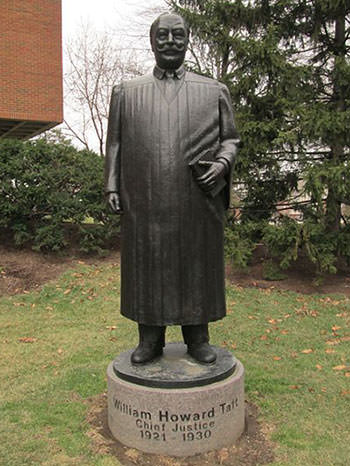
#2 HE SERVED AS U.S. SECRETARY OF WAR UNDER THEODORE ROOSEVELT
On March 17, 1892, Taft was appointed judge of the Sixth U.S. Circuit Court of Appeals. In this capacity, among other things, he supported the right of labor to organize and strike, and he ruled against employers in several negligence cases. His most important judgment was in United States v. Addyston Pipe and Steel Co case. Taft’s reasoning was subsequently adopted by the Supreme Court as the proper interpretation of the Sherman Antitrust Act of 1890. Taft worked as a judge in the Court of Appeals till March 15, 1900. From February 1, 1904 to June 30, 1908, William Howard Taft served as the 42nd U.S. Secretary of War under President Theodore Roosevelt. In 1906, the President of the newly liberated country of Cuba asked for US intervention and Taft served as Provisional Governor of Cuba for a brief period in 1906. In this capacity, he worked to persuade Cubans that America intended stability, not occupation.
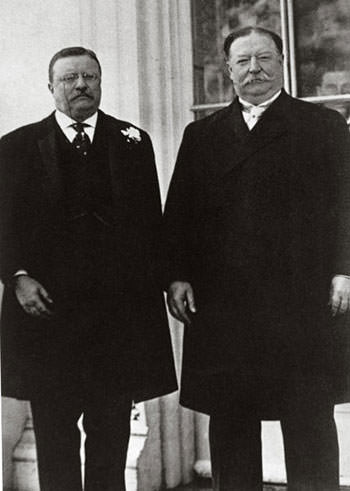
#3 He SUCCESSFULLY MONITORED U.S. RULE IN THE PHILIPPINES
In 1898, the United States took possession of the Philippines from Spain but the Filipino continued their struggle for independence that had begun in 1896 with the Philippine Revolution. In 1900, Taft was asked to head a commission to prepare the region for civilian rule. He became Governor-General of the Philippines on July 4, 1901. Taft implemented legislation on education, health, civil service, public works, the courts and the banking. His Philippine commission revised the Spanish Tax Code that favored the wealthy; built schools throughout the islands; ran a campaign to educate the people on good nutrition to reduce infant mortality rates; and laid out plans for roads, railways, hospitals, harbors and ports. Though Taft served as Governor-General till only December 1903, he oversaw U.S. rule in the Philippines for 13 years. Taft’s work in the Philippines is considered one of his most important accomplishments and several places in the island country are named after him.
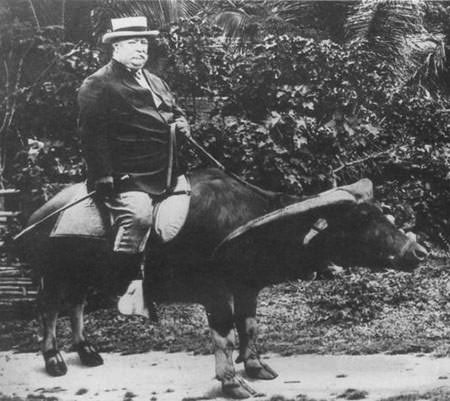
#4 TAFT SERVED AS THE 27TH PRESIDENT OF THE UNITED STATES
Taft had a close relationship with Theodore Roosevelt and he was an ardent supporter of the president. When Roosevelt declared that he would not run for re-election in 1908, he believed his War Secretory was his logical successor. With Roosevelt’s support, Taft easily gained the Republican nomination. In the 1908 United States presidential election, he defeated the Democratic nominee William Jennings Bryan with 321 electoral votes to 162 and 51.57% popular vote as compared to 43.04%. William Howard Taft served as the 27th President of the United States from March 4, 1909 to March 4, 1913. In 1912, he won the Republican nomination against his former mentor Theodore Roosevelt but failed miserably in the presidential elections winning 8 electoral votes and 23.2% popular vote.
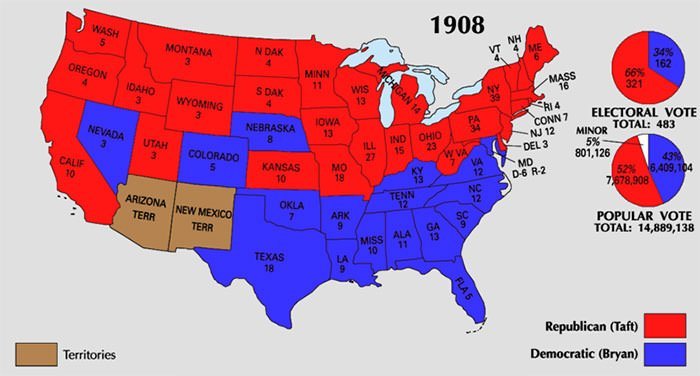
#5 HE IMPLEMENTED VIGOROUS ANTI-TRUST LEGISLATION
Antitrust legislation are laws which prohibit a number of activities in businesses like price-fixing conspiracies, corporate mergers etc. with the aim to promote fair competition for the benefit of consumers. Theodore Roosevelt is famous for trust busting but Taft implemented even more rigorous anti-trust legislation bringing 70 cases in four years as compared to 40 in seven years during Roosevelt’s presidency. A prominent instance was when the Taft administration pushed the suit against John D. Rockefeller’s Standard Oil Company, which dominated the nation’s oil refining industry. The Supreme Court ultimately divided Standard Oil Company into seven firms, establishing a precedent that if a company had grown large through unreasonable and unfair practices, it would be broken up.
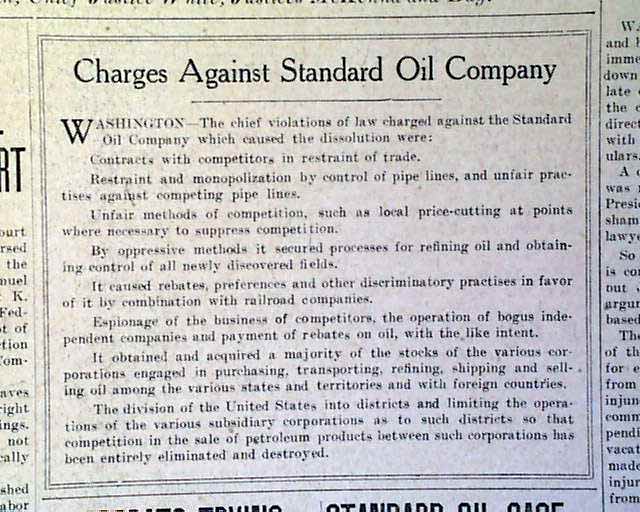
#6 TAFT ADMINISTRATION WON SEVERAL IMPORTANT ANTI-TRUST CASES
An important anti-trust case under the Taft administration was against a monopoly within the manufacture, sales and distribution of tobacco in the Untied States. In 1911, the Supreme Court divided the main company, The American Tobacco Company, into several major companies. The Taft administration also won a lawsuit against the American Sugar Refining Company to break up the “sugar trust” that rigged prices. In October 1911, Taft’s Justice Department brought suit against U.S. Steel, demanding that over a hundred of its subsidiaries be granted corporate independence. However, the government’s suit eventually failed in the Supreme Court in 1921.
#7 HE EXPANDED THE JURISDICTION OF THE ICC
The Interstate Commerce Commission (ICC) is a regulatory agency in U.S. which was established in 1887. In response to the railroad price increase that took place in 1910, William Howard Taft signed into law the Mann-Elkins Act of 1910 that empowered the ICC to suspend railroad rate hikes and to set rates. Named after congressmen Stephen Benton Elkins and James Robert Mann who sponsored and created the legislation, the act expanded the ICC’s jurisdiction to cover telephones, telegraphs and radio. It also placed a price ceiling on interstate commerce and transportation companies to ensure fair market value of prices. Mann-Elkins Act proved to be a major benefit for commerce and empowered the struggling ICC. It is considered one of the major achievements of the Taft presidency.
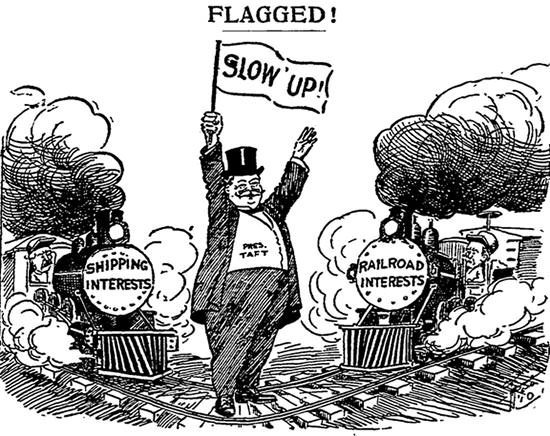
#8 He ESTABLISHED THE U.S. POSTAL SAVINGS SYSTEM
William Howard Taft played a key role in propelling the U.S. postal service, which was struggling. Among his major steps was the establishment of the United States Postal Savings System which was operated by the U.S. Post Office Department. Legislation for the postal savings system was passed by Taft on June 25, 1910. It authorized the Post Office Department “to establish postal savings depositories for depositing savings at interest with the security of the Government for repayment thereof, and for other purposes.” The system proved to be a success and at its peak in 1947, it held almost $3.4 billion in deposits. Congress abolished the postal savings system in 1966.
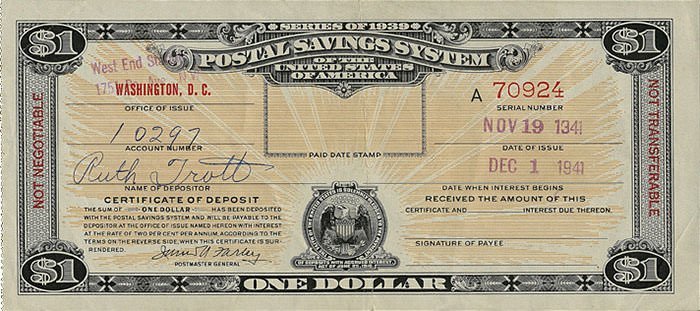
#9 HE USED DOLLAR DIPLOMACY TO STRENGTHEN AMERICAN INFLUENCE OVERSEAS
The foreign policy of William Howard Taft was dominated by what became known as Dollar Diplomacy. Taft, along with his Secretary of State, Philander Knox, instituted a policy where America would use its economic power and private capital to further its interests overseas. Though using diplomacy to promote commercial interests had been practiced from long; under Taft, the State Department was more active than ever in encouraging and supporting American bankers and industrialists in securing new opportunities abroad. Dollar Diplomacy was put to use mostly in Latin America and East Asia; and it was not always peaceful with U.S. at times supporting a particular side in a conflict to further its interests. While Dollar Diplomacy was unpopular in many countries in which it was implemented, it did strengthen the position of the United States in the concerned regions and diminished European influence at the same time.
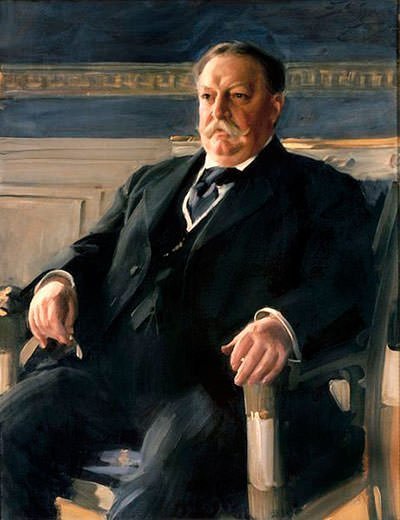
#10 HE IS THE ONLY U.S. PRESIDENT WHO ALSO SERVED AS CHIEF JUSTICE
After presidency, with World War I raging in Europe, Taft worked with others to provide a solution to deter international conflict. This resulted in the establishment in 1915 of the League to Enforce Peace (LEP), an American organization to promote the formation of an international body for world peace. Taft served as the first president of LEP. Taft achieved his long time goal on July 11, 1921 when he was sworn in as Chief Justice of the Supreme Court. He served in this position till February 3, 1930 when he had to retire due to failing health. William Howard Taft was the first and to date he remains the only person to serve both as the President of the United States and Chief Justice of the Supreme Court. He is usually ranked among the greatest chief justices in U.S. history. His most significant contribution was his advocacy for reform of the high court, urging and ultimately gaining improvement in the court’s procedures and facilities. Taft was also behind moving the Supreme Court headquarters away from Congress leading to the construction of the United States Supreme Court Building.
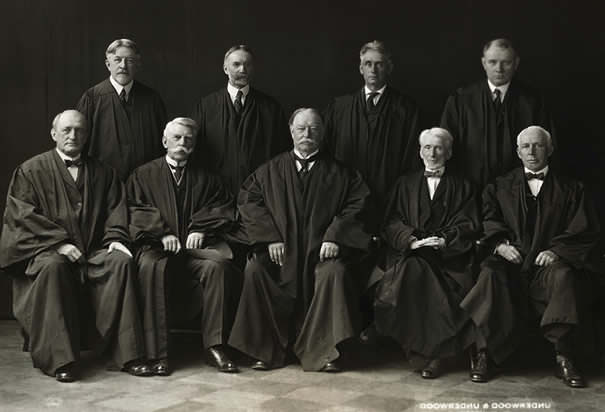
DOLLAR DIPLOMACY IN NICARAGUA
An example of Taft’s Dollar Diplomacy was the United States involvement in Nicaragua. José Santos Zelaya come to power in Nicaragua through a military coup in 1893. He enacted a number of progressive programs, including improving public education, building railroads etc. He took foreign investments from not only U.S. but other countries as well. He was planning the construction of a transoceanic canal with the Japanese government. When a revolt broke out against President Zelaya in 1909, the Taft administration seized the opportunity and quickly sided with the insurgents. In 1912, U.S. sent troops into Nicaragua to support the rebels and soon the rebel leader Juan Estrada seized the capital of the country. Taft administration then encouraged U.S. bankers to offer substantial loans to the new regime, thus increasing U.S. financial leverage over the country. However, within two years the U.S. backed regime itself faced a revolt by nationalists who were against foreign interference in their nation. Ultimately, U.S. troops remained in Nicaragua for over a decade.

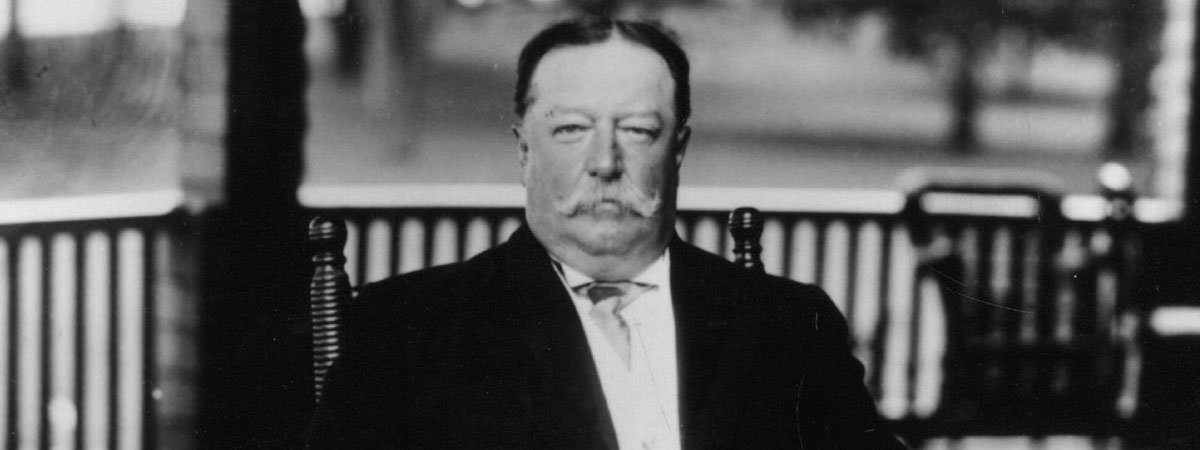
its crazy that taft looks like the older version of Peter Gardner Ostrum from Charli and the Chocalate factory
I’m upset that you did not include the fact that, since he was a registered Thicc Boi™️, he broke the White House bathtub
Dude is the most obese u.s. President at only 243 lbs. That isn’t even that much!
i like Taft’s mustache.